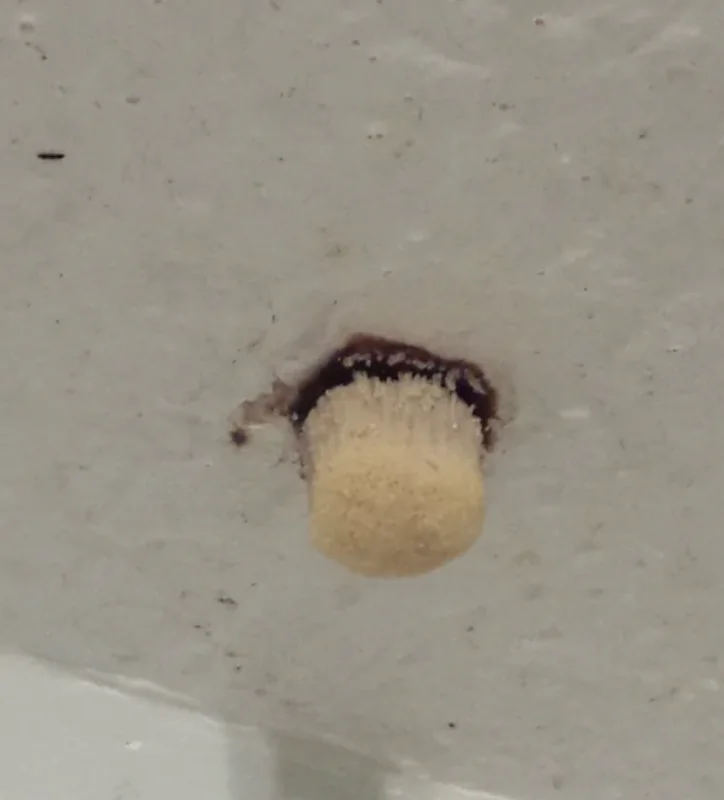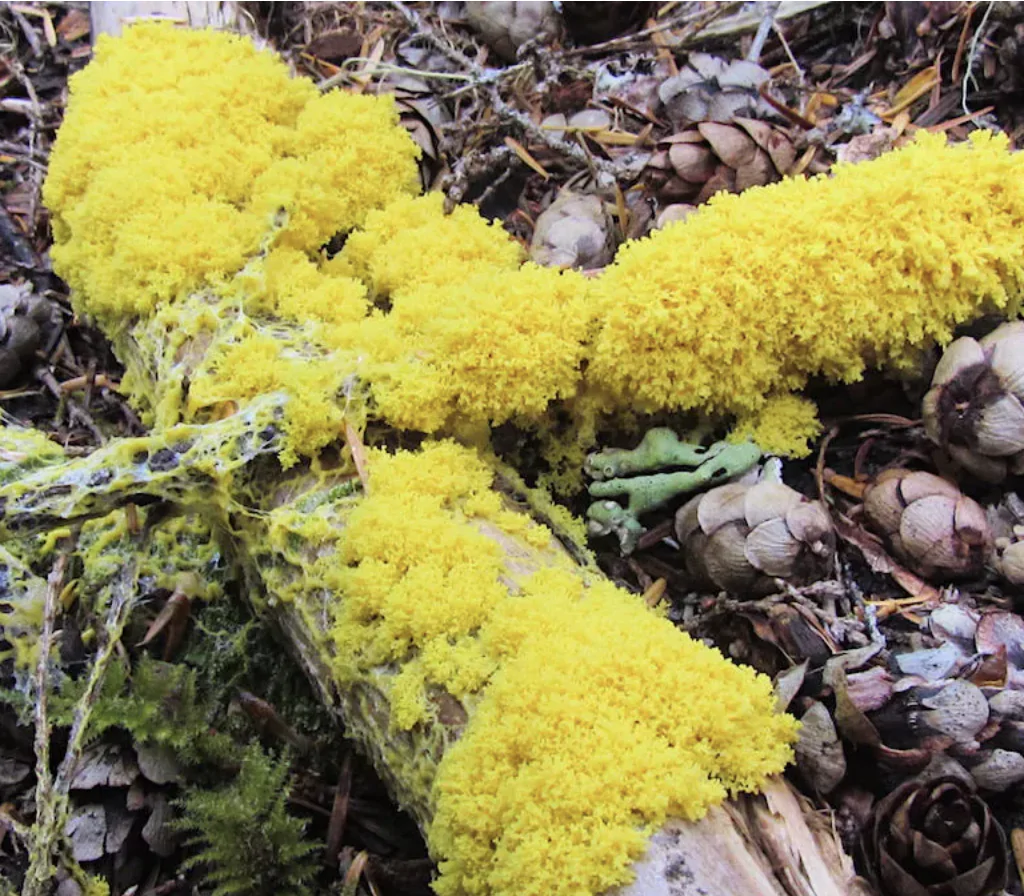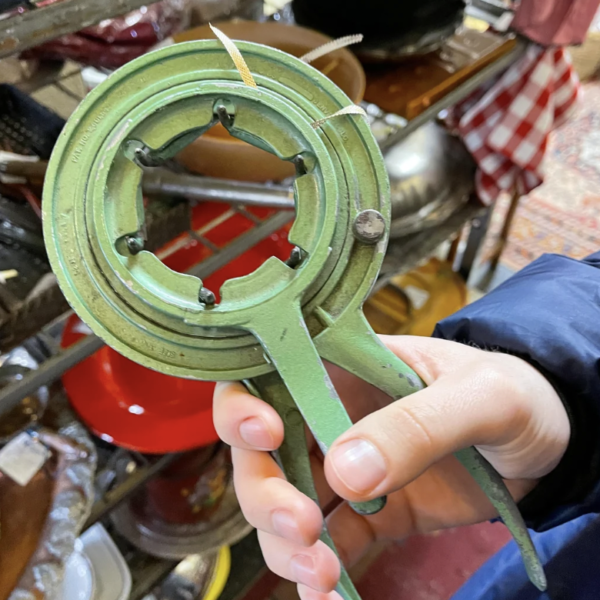
esh484, a reddit user, posed the question which received tons of answers. Some were pretty concerner regarding their health, while some others thought there’s no biggie. Let us see what this is!

Slime mold, a term that broadly describes several kinds of unrelated eukaryotic organisms, captures the imagination with its unique life cycle and surprising intelligence.
These organisms, found in moist, shady environments, are not true molds or fungi, but belong to several different taxonomic groups, including the Myxogastria and Dictyosteliida.
Despite their simple structure, slime molds have fascinated scientists and nature enthusiasts alike for their complex behaviors, particularly their ability to navigate mazes, optimize networks, and make decisions without a central nervous system.
The life cycle of slime molds is fascinating and complex, encompassing both unicellular and multicellular stages. In their unicellular phase, slime molds exist as individual amoebae, feeding on bacteria, yeast, and other microorganisms.
When food is scarce or environmental conditions become unfavorable, these amoebae congregate, forming a multicellular organism that can move as a single entity. This aggregation phase is a striking example of cooperation among cells that were previously independent.
The resulting structure, called a plasmodium in Myxogastria or a pseudoplasmodium in Dictyosteliida, can move towards favorable conditions and nutrients.
One of the most remarkable aspects of slime mold behavior is their ability to solve complex problems without a brain or nervous system. Experiments have shown that slime molds can find the shortest path through a maze to reach a food source, effectively optimizing their movement while minimizing the distance traveled.
This ability is attributed to their simple form of intelligence, where the organism leaves a trail of chemical markers, or pheromones, to communicate with other parts of its body. Through this method, slime molds can adapt their growth and movement in response to environmental cues, showcasing a rudimentary form of learning and memory.
Slime molds have also been observed to mimic man-made transportation networks with surprising efficiency. In experiments where researchers have placed food sources in patterns that replicate cities around a central nutrient source, slime molds have grown network-like structures that closely resemble human-engineered transportation systems, such as the Tokyo rail system.
This has intrigued scientists and engineers, who see potential in studying slime mold behavior for insights into optimizing network designs and solving complex routing problems.
Beyond their intellectual curiosity, slime molds hold ecological significance. They play a crucial role in their ecosystems as decomposers, breaking down dead organic material and recycling nutrients back into the soil. This process supports the health of forests and other ecosystems where slime molds are found.
Despite their simplicity, slime molds challenge our conventional understanding of intelligence and problem-solving. Their ability to navigate complex environments and optimize networks, all without a brain, suggests that cognitive processes can be more fundamentally physical and distributed than previously thought.
Researchers continue to study these fascinating organisms, hoping to uncover the secrets of their decision-making processes and potentially apply these principles to technology, network design, and artificial intelligence.
In conclusion, slime molds are more than just a curiosity of nature. They are a window into the complexities of life, demonstrating that intelligence and problem-solving can emerge from the most basic of life forms. Their study not only enriches our understanding of the natural world but also offers innovative approaches to solving human challenges.

